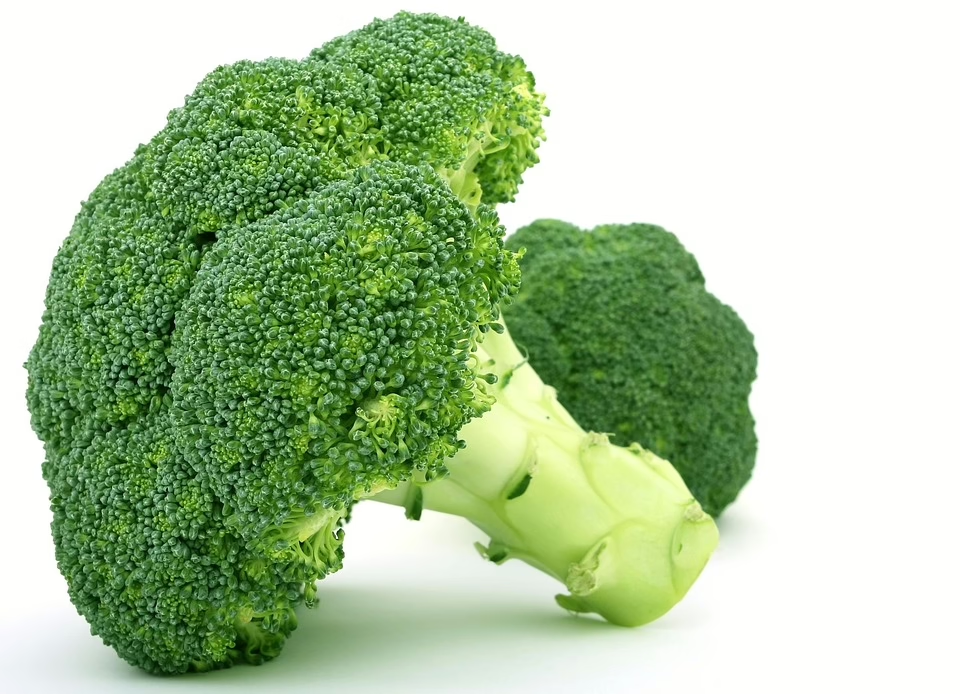The Fiber Factor: How These Foods Can Transform Your Diet
Introduction
Dietary fiber, often overlooked in discussions about nutrition, plays a critical role in supporting overall health. It provides numerous benefits, from aiding digestion to reducing the risk of chronic diseases. In this extensive article, we will explore the various types of dietary fiber, their sources, health benefits, and practical ways to incorporate them into your diet.
What is Dietary Fiber?
Dietary fiber is the edible parts of plants that resist digestion in the small intestine. It is classified into two main categories: soluble and insoluble fiber, each of which has unique properties and health benefits.
Soluble Fiber
Soluble fiber dissolves in water, forming a gel-like substance. It can be found in foods such as:
- Oats
- Barley
- Nuts
- Seeds
- Beans
- Lentils
- Peas
- Some fruits (e.g., apples and citrus fruits)
Health Benefits of Soluble Fiber
-
Cholesterol Management: Soluble fiber can help lower LDL (bad) cholesterol levels, reducing the risk of heart disease.
-
Blood Sugar Control: It slows down the absorption of sugar, which can help manage blood glucose levels, making it an essential component for individuals with diabetes.
-
Weight Management: By increasing feelings of fullness and reducing hunger, soluble fiber can aid in weight loss efforts.
Insoluble Fiber
Insoluble fiber does not dissolve in water and adds bulk to the stool. It is primarily found in:
- Whole grains (e.g., wheat, brown rice)
- Vegetables (e.g., carrots, cucumbers)
- Nuts and seeds
- The skin of fruits (e.g., apples, pears)
Health Benefits of Insoluble Fiber
-
Digestive Health: Insoluble fiber adds bulk to the stool, promoting regular bowel movements and preventing constipation.
-
Colon Health: A diet rich in insoluble fiber may reduce the risk of colorectal cancer.
-
Weight Control: Similar to soluble fiber, insoluble fiber contributes to a sense of fullness, aiding in weight management.
Recommended Daily Intake of Fiber
The Academy of Nutrition and Dietetics recommends a daily fiber intake of:
- Women: 25 grams
- Men: 38 grams
However, the average American consumes only about 15 grams of fiber per day, far below the recommended levels.
The Health Benefits of Fiber
1. Digestive Health
One of the primary benefits of fiber is its role in promoting a healthy digestive system. It helps to regulate bowel movements, preventing constipation and promoting regularity. A fiber-rich diet can also support gut health by fostering the growth of beneficial gut bacteria.
2. Heart Health
Numerous studies have linked high fiber intake with a reduced risk of cardiovascular disease. Soluble fiber, in particular, can lower cholesterol levels, thereby reducing the risk of heart disease. Additionally, fiber can help lower blood pressure and inflammation.
3. Diabetes Management
Fiber plays a crucial role in managing diabetes by regulating blood sugar levels. By slowing the absorption of sugar in the bloodstream, high-fiber foods can help prevent spikes in blood sugar, making it easier for individuals with diabetes to maintain stable blood glucose levels.
4. Weight Loss
Fiber can contribute to weight loss by promoting a sense of fullness. High-fiber foods tend to be more filling and lower in calories compared to their low-fiber counterparts. By incorporating fiber into meals, individuals can feel satisfied without excessive calorie consumption.
5. Reduced Risk of Certain Cancers
Some studies have suggested that a high-fiber diet may lower the risk of certain cancers, particularly colorectal cancer. The protective effects may be linked to the role of fiber in promoting regular bowel movements and maintaining gut health.
6. Improved Skin Health
Skin health is often influenced by dietary choices. A high-fiber diet rich in fruits and vegetables can help nourish skin cells and improve overall skin appearance. Fiber’s role in detoxification and elimination can also contribute to a clearer complexion.
Natural Sources of Fiber
Incorporating fiber into your diet can be easy and delicious. Here are some excellent sources of fiber:
Fruits
- Berries: Raspberries, blackberries, and strawberries are not only delicious but also packed with fiber.
- Apples: Often touted as a fiber powerhouse, they are great as a snack, especially when eaten with the skin.
- Bananas: They provide both soluble and insoluble fiber.
Vegetables
- Broccoli: This nutrient-dense vegetable is high in fiber and can be added to various dishes.
- Carrots: Crunchy and sweet, carrots are an excellent raw snack loaded with fiber.
- Leafy Greens: Spinach, kale, and Swiss chard can be easily incorporated into salads or smoothies.
Whole Grains
- Quinoa: A gluten-free grain that is a complete protein and rich in fiber.
- Brown Rice: A nutritious alternative to white rice, brown rice retains its bran and germ, making it high in fiber.
- Oats: Ideal for breakfast, oats are an excellent source of soluble fiber.
Legumes
- Lentils: These tiny beans are incredibly versatile and can be used in soups, salads, or as meat substitutes.
- Chickpeas: Also known as garbanzo beans, chickpeas can be made into hummus or added to salads.
- Black Beans: Rich in fiber and protein, these can be incorporated into various dishes, from tacos to salads.
Nuts and Seeds
- Chia Seeds: These tiny seeds are loaded with fiber and can be added to smoothies or used to make pudding.
- Almonds: A tasty and nutritious snack, almonds can help you meet your daily fiber needs.
- Flaxseeds: High in omega-3 fatty acids and fiber, they can be added to baked goods or smoothies.
How to Increase Fiber Intake
Increasing your fiber intake doesn’t have to be overwhelming. Here are some practical tips to help you incorporate more fiber into your diet:
1. Start Slowly
If you are not accustomed to a high-fiber diet, increase your fiber intake gradually. Sudden changes can lead to digestive discomfort.
2. Read Labels
When shopping for packaged foods, check the nutrition labels for fiber content. Aim for products that contain at least 3 grams of fiber per serving.
3. Choose Whole Grains
Opt for whole grain options over refined grains. Look for products that list “whole grain” as the first ingredient.
4. Snack Wisely
Replace chips and cookies with high-fiber snacks like fruits, veggies, nuts, or popcorn.
5. Add Fiber-Rich Ingredients to Meals
Incorporate foods like beans, lentils, or quinoa into soups, salads, and stews to boost fiber content.
6. Smoothies
Add chia seeds, flaxseeds, or leafy greens to smoothies for a fiber boost.
7. Make Vegetables the Star
Fill half your plate with vegetables at mealtime, choosing a variety of colors and types.
8. Experiment with New Foods
Try new high-fiber foods that you may not have consumed before, such as quinoa, barley, or different varieties of beans and legumes.
Common Myths About Dietary Fiber
Myth 1: All Fiber is the Same
Not all fiber is created equal. Soluble and insoluble fibers have different benefits and functions in the body, and both are important for optimal health.
Myth 2: You Can Get Enough Fiber from Supplements Alone
While fiber supplements can help, they should not replace the fiber obtained from whole foods. Whole foods provide additional nutrients and health benefits.
Myth 3: High-Fiber Foods are Hard to Digest
While some may experience digestive discomfort when increasing fiber intake too quickly, most people can tolerate high-fiber foods well when gradually incorporated.
Conclusion
The importance of dietary fiber cannot be overstated. Its myriad benefits encompass digestive health, heart health, diabetes management, weight loss, and even cancer prevention. By choosing a variety of fiber-rich foods and making small changes to your diet, you can easily meet your daily fiber needs and experience significant improvements in your overall health.
Embrace the fiber factor and transform your diet for a healthier you.
References
- Academy of Nutrition and Dietetics.
- Mayo Clinic – Dietary Fiber: The Good, The Bad, And The Ugly
- Harvard T.H. Chan School of Public Health – The Nutrition Source: Fiber
- National Institutes of Health – Dietary Fiber Fact Sheet
- American Heart Association – Fiber: Why It’s Good for Your Heart
By focusing on the fiber factor, you can not only improve your diet but also enhance your quality of life. Choose to make fiber a key component of your culinary practices for a healthier future.


























Add Comment